The Truth About AI Getting “Creative”
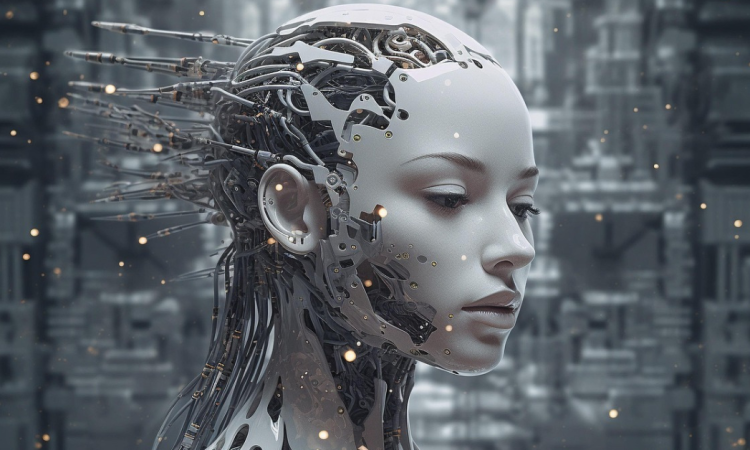
<?xml encoding=”UTF-8″>
The Truth About AI Getting “Creative”
Where do we even start? AI is everywhere, popping up in forms that would’ve seemed like sci-fi not long ago. From AI art to chatbots having heart-to-heart talks, it’s a wild ride. But here’s the kicker: can AI eventually replace us, the human creators? Let’s dive in and see what’s really happening.
AI: Tool or Creator?
First off, let’s set things straight: AI is a whiz. It crunches data and performs tasks that’d take us ages. But creativity? That’s a whole different ball game. Being a creator involves imagination and a sprinkle of human experience. AI, though, is just a tool. It doesn’t dream or ponder life’s mysteries like we do.
How Creators Can Use AI
Think of AI as your brainstorming sidekick. It’s great for sparking ideas, but it lacks that human flair. You might use AI for video titles or concepts, kind of like how you use Photoshop for quick edits. The final touch? That’s all you, baby. In 2022, AI stands as a tool for creators, not a replacement.
AI’s Impressive Feats and Shortcomings
AI can do jaw-dropping things—like creating art from text prompts. But it ain’t perfect. Sometimes it flubs facts or goofs up simple questions. Ask it about the fastest sea critter, and you might get a giggle-worthy answer. Sure, it’s getting better, but it’s still a work in progress.
The Ethical Dilemma: Credit and Inspiration
AI art stirs up tricky questions about credit. When AI whips up images, it often borrows from existing works without a nod. This can be dicey, especially if artists’ signatures pop up in AI pieces. Where do we draw the line between being inspired and crossing the line? That’s a head-scratcher we need to figure out as AI tools evolve.
AI and the New Age of Creativity
Even with these headaches, AI can turbocharge creativity. It’s like a supercharged muse, blending tons of info to whip up something new. But let’s make sure this doesn’t sideline us, the human creatives. We should cherish and safeguard human art while welcoming AI’s wonders with open arms.
AI’s Influence on Various Creative Fields
AI’s reach goes beyond just art and chatbots. In music, literature, and film, it’s making waves. Musicians are using AI to cook up tunes, with some even crafting entire albums. Writers get a helping hand with plot twists, while filmmakers let AI streamline editing or even dream up scripts.
Despite these leaps, AI is a tool, not a substitute. The emotional oomph and subtleties from human tales are still key. AI can copycat styles but lacks the soul we bring. The heart of creativity is in storytelling, sparking emotions, and igniting change—things AI hasn’t quite nailed.
Collaboration Between Humans and AI
One exciting prospect is teaming up with AI in the creative world. We can harness AI’s power to break new ground and explore untapped territories. This tag team can lead to cutting-edge creations neither humans nor AI could pull off solo.
For instance, an artist might let AI generate abstract designs, then craft a bigger, more intricate piece. A writer might use AI to brainstorm character quirks or plot points, springboarding into a richer narrative. In these ways, AI can kindle human creativity, sparking ideas that might not have surfaced otherwise.
AI’s Limitations and the Importance of Human Oversight
While AI can lend a hand in creativity, it ain’t without its hiccups. AI models might perpetuate biases from their training data, leading to results that clash with human values. Creators must stay sharp and actively guide the AI-driven process to keep things innovative and ethical.
Plus, AI can’t grasp context like we do. This can result in technically impressive but shallow or irrelevant results. Human oversight is key to guiding AI, ensuring the final product tugs at heartstrings and aligns with the creator’s vision.
The Future of AI in Creativity
As AI tech evolves, its creative role might grow. Future advances could lead to more intuitive AI, better at understanding context and teaming up with us. But this future also brings new challenges, like intellectual property rights and the risk of AI stifling innovation by churning out cookie-cutter creations.
To tackle these challenges, it’s crucial for policymakers, creators, and techies to join forces, setting guidelines that protect human creators while letting AI shine. This includes hashing out credit and compensation for AI-assisted works and ensuring AI tools are accessible and fair for all.
Conclusion: Embracing AI’s Potential While Celebrating Human Creativity
As we navigate this brave new world, let’s keep our minds open and eyes peeled. Questions about AI and creativity abound, but with careful thought, we can keep AI as a tool that complements, rather than replaces, human creativity. Embracing AI’s potential is not about overshadowing human contributions; it’s about broadening our creative horizons.
In this fast-paced landscape, the key is striking a balance. By leveraging AI as a tool and collaborator, we can unlock new possibilities and explore creative realms previously unimaginable. At the same time, we must remain committed to celebrating and protecting those special human touches that make creativity truly shine. With this approach, AI and human creators can coexist beautifully, each enhancing the other’s strengths to craft art that’s both ground-breaking and deeply human.
You May Also Like to Read: My Year of 30-Day Experiments: A Wild Ride of Self-Discovery
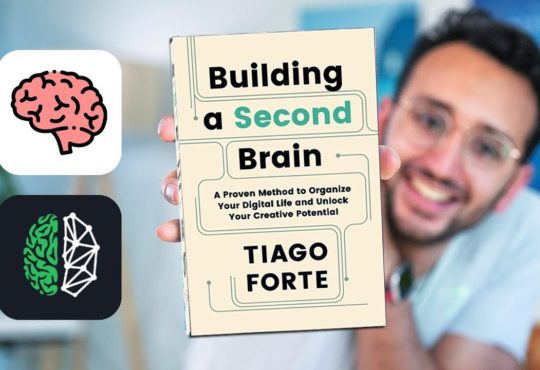

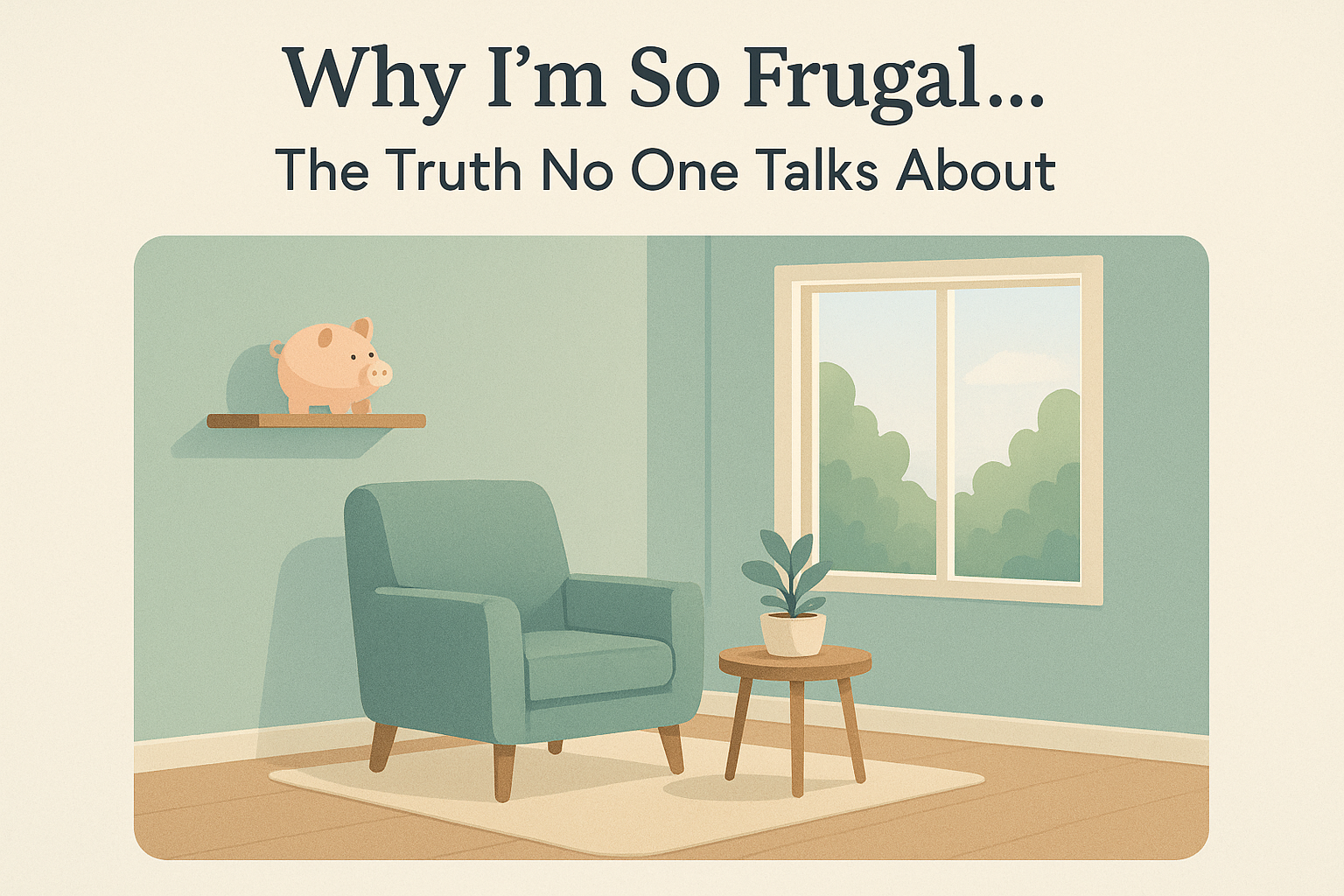



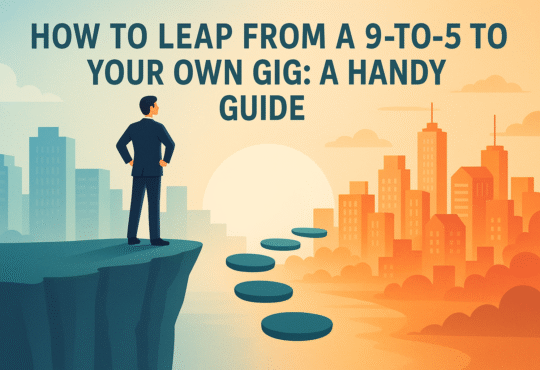
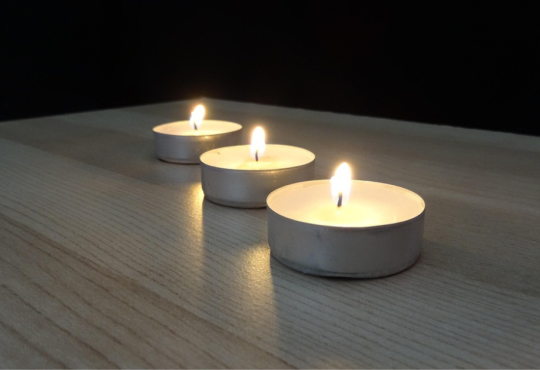
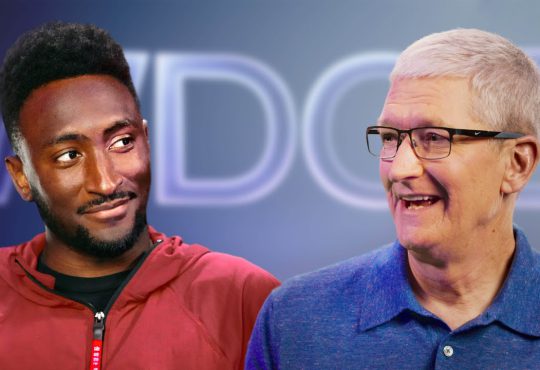
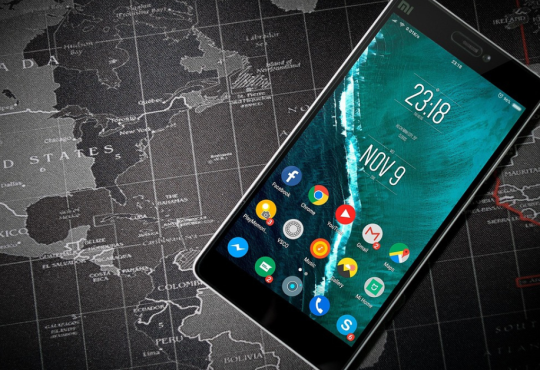
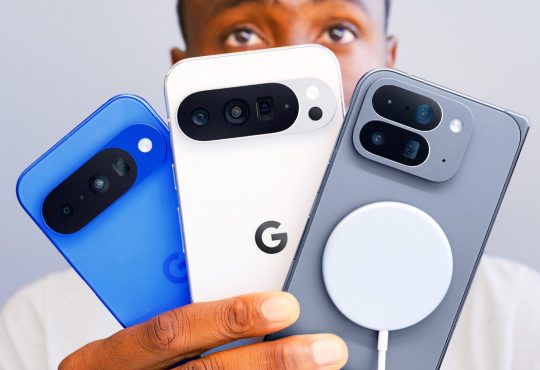
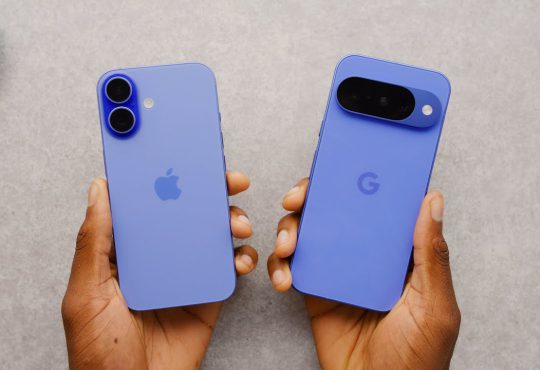
A rare explanation of how AI is being helpful to mankind. I have your website tailed from now on. 👏🏿